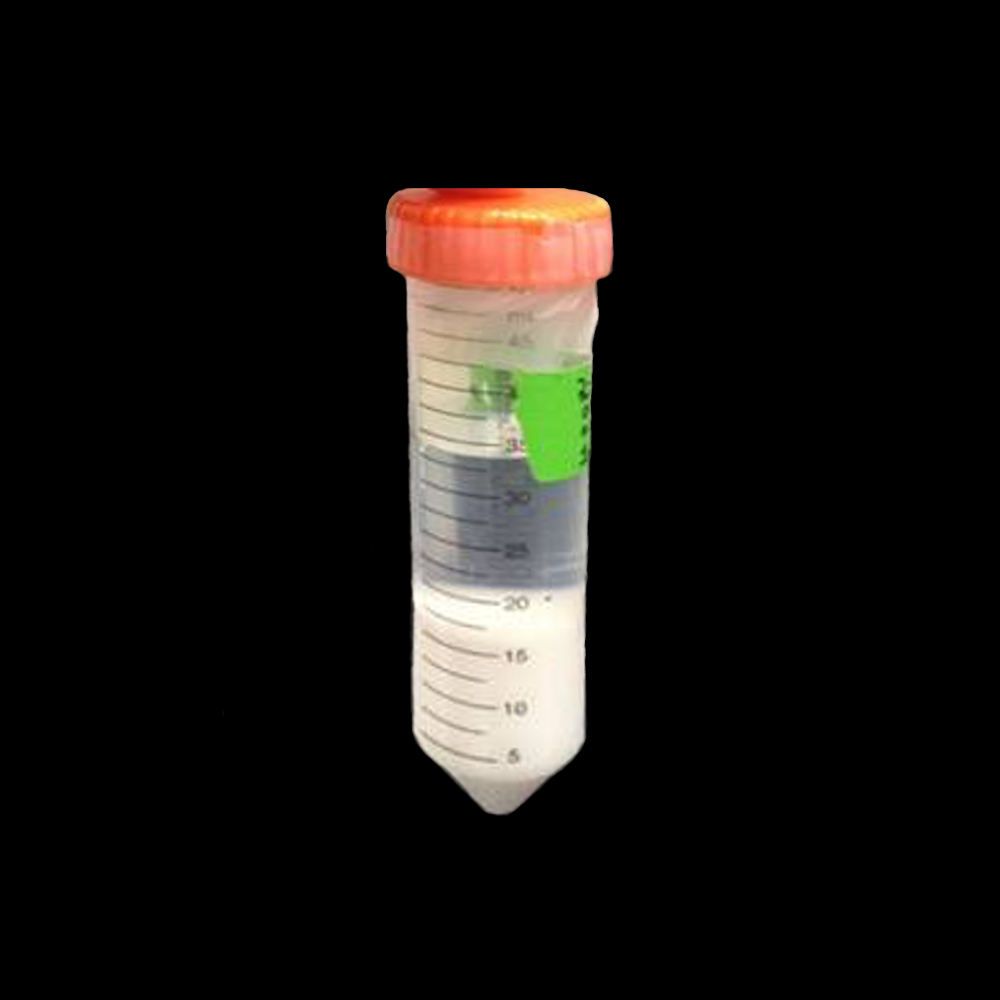Method for experimentally determining N-A-S-(H) solubility
DOI:
https://doi.org/10.21809/rilemtechlett.2018.63Keywords:
Geopolymers, Alkali-Activated Cement, Thermodynamic Models, Solubility, Cement ChemistryAbstract
Inorganic polymer binders, also sometimes called geopolymers or alkali-activated cements, can serve as an alternative to ordinary portland cement (OPC) in concrete. The development of thermodynamic models to predict phase development and, ultimately, engineering properties, of inorganic polymer binders is an important step toward enabling their widespread use. However, such models require self-consistent solubility data of the primary phase in inorganic polymer binders, sodium aluminosilicate hydrate(s). To date, there is very little solubility information available for this phase. Here, a rigorous method for synthesizing sodium aluminosilicate hydrate(s) of controlled composition, and for measuring its solubility is presented. This approach allows complete stoichiometric control over the (initial) solution composition to elucidate directly the development of N-A-S-H composition as it relates to a given solution composition. A review of previous literature related to the solubility of other cementitious materials is presented, and the need for thermodynamic data is discussed. Finally, a sample calculation is presented for determining the solubility product (Ksp) of a laboratory synthesized sodium aluminosilicate hydrate.

Downloads
Published
How to Cite
Issue
Section
License
Authors retain copyright of the articles published in RILEM Technical Letters and grant the journal the right of first publication with open access. The work is simultaneously licensed under Creative Commons Attribution 4.0 International License (CC BY 4.0) that allows others to share and adapt the work under the following terms: 1) a proper attribution is given in a form of bibliographic record with the DOI link directing to RILEM Technical Letters; 2) a link to the license is provided; 3) the changes (if any) are indicated.









